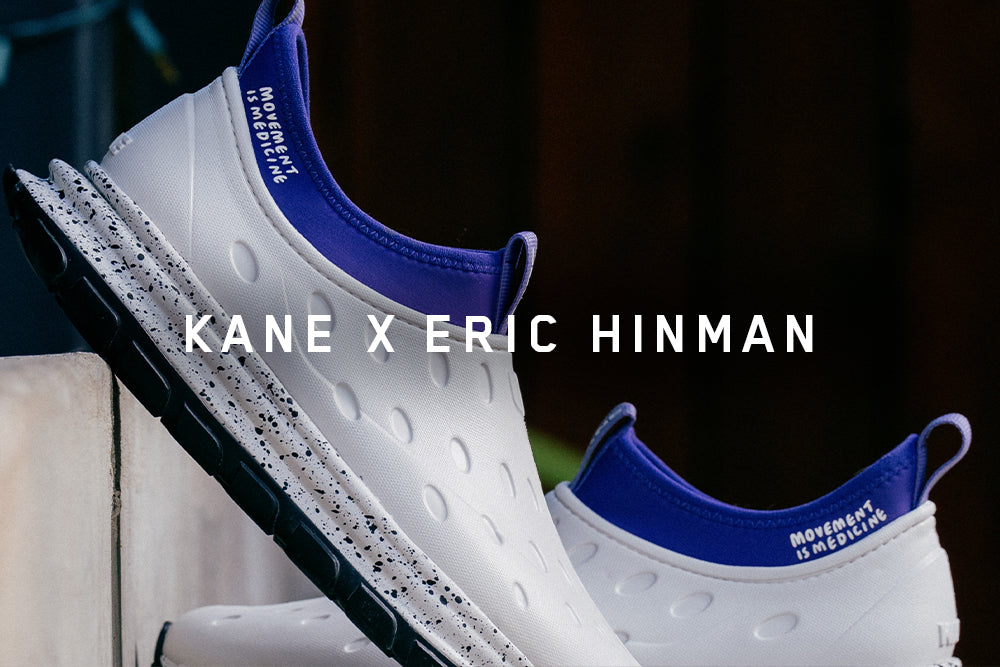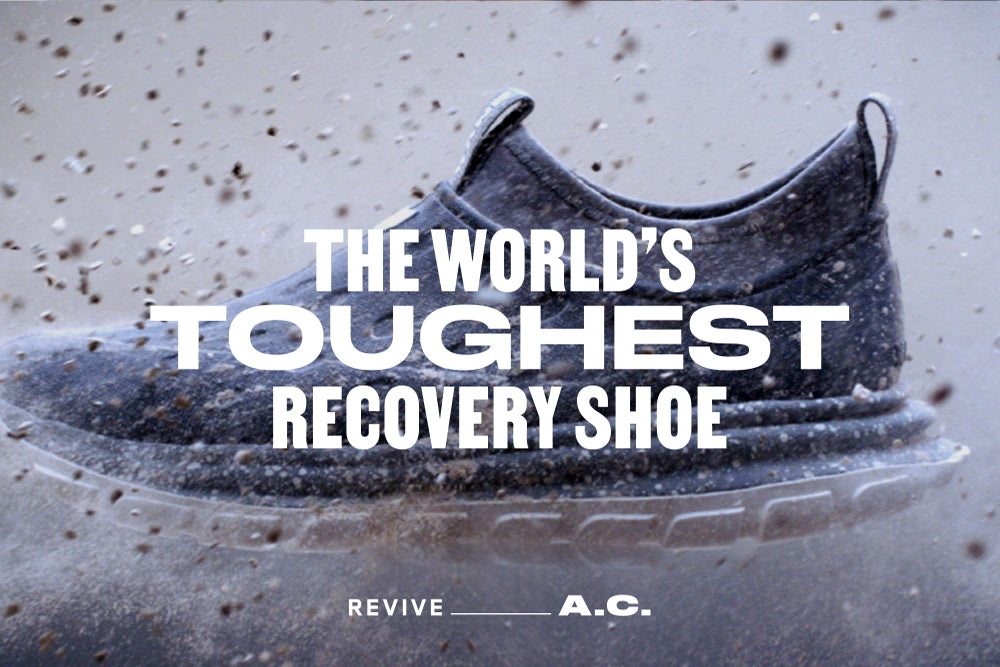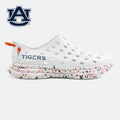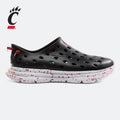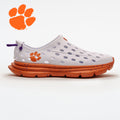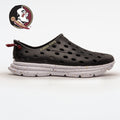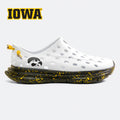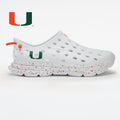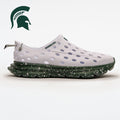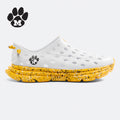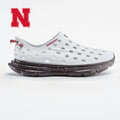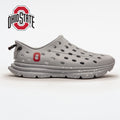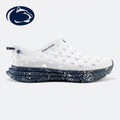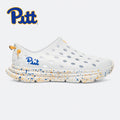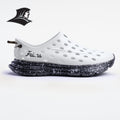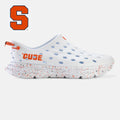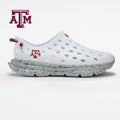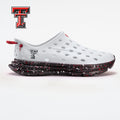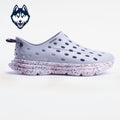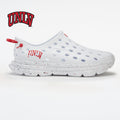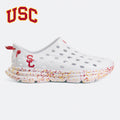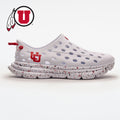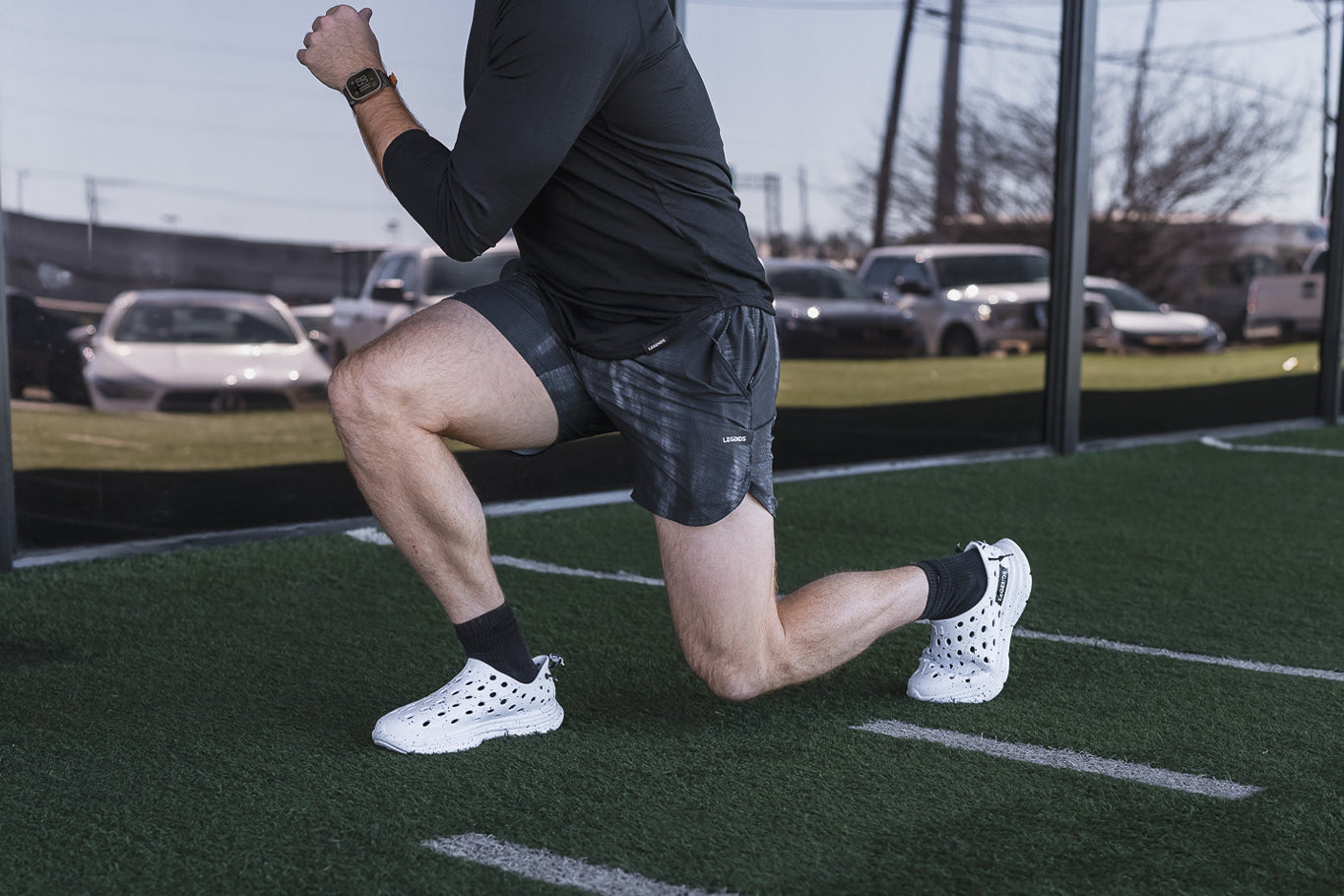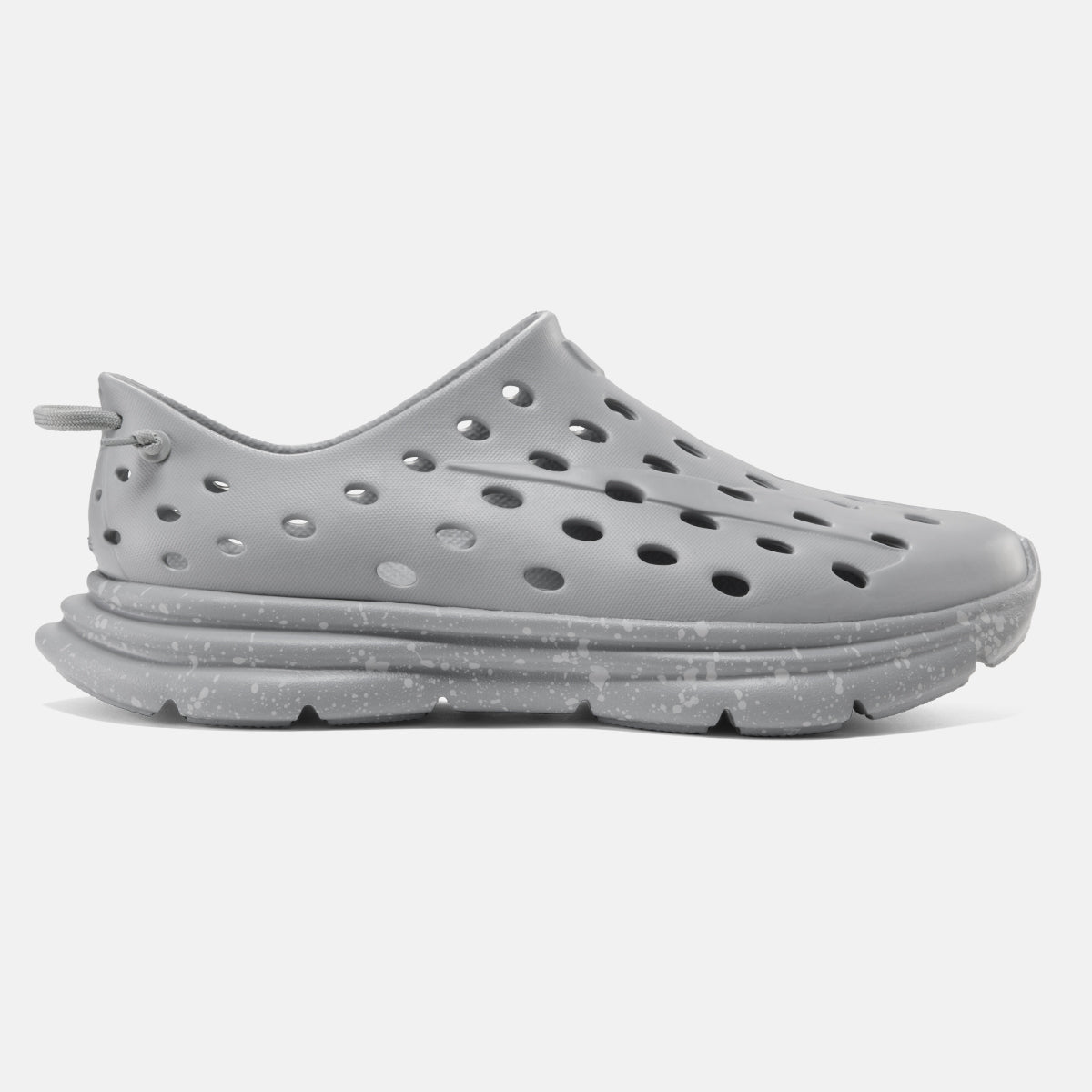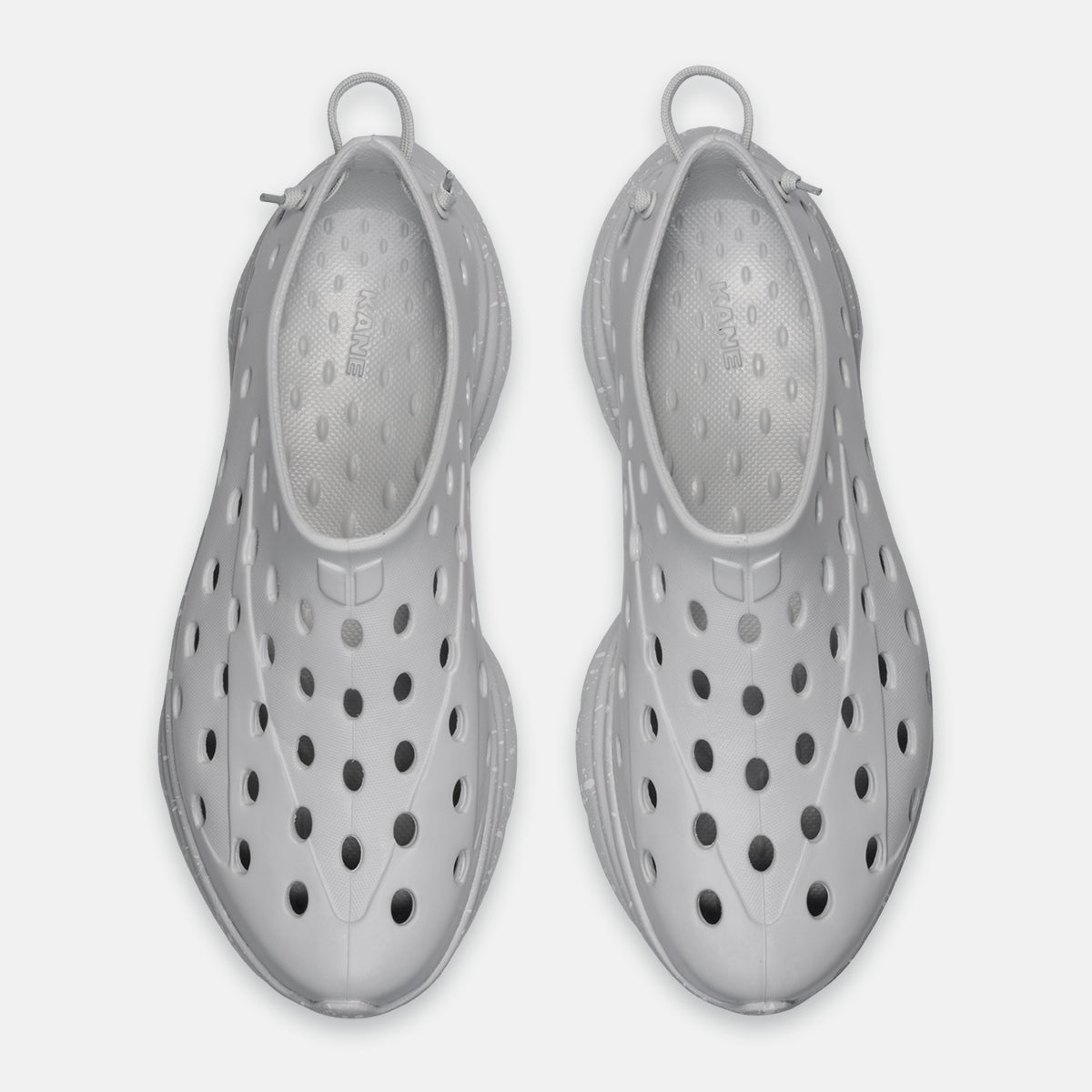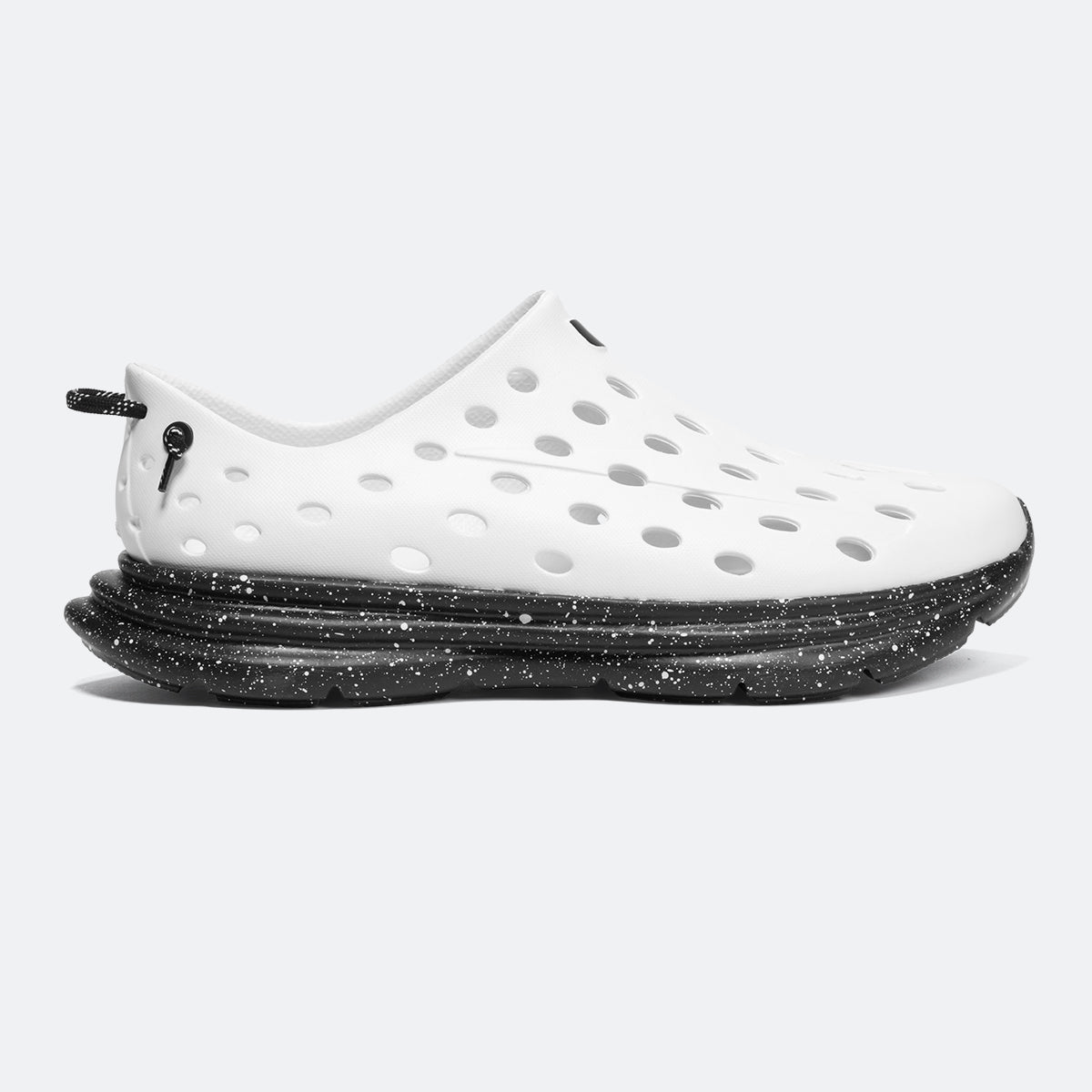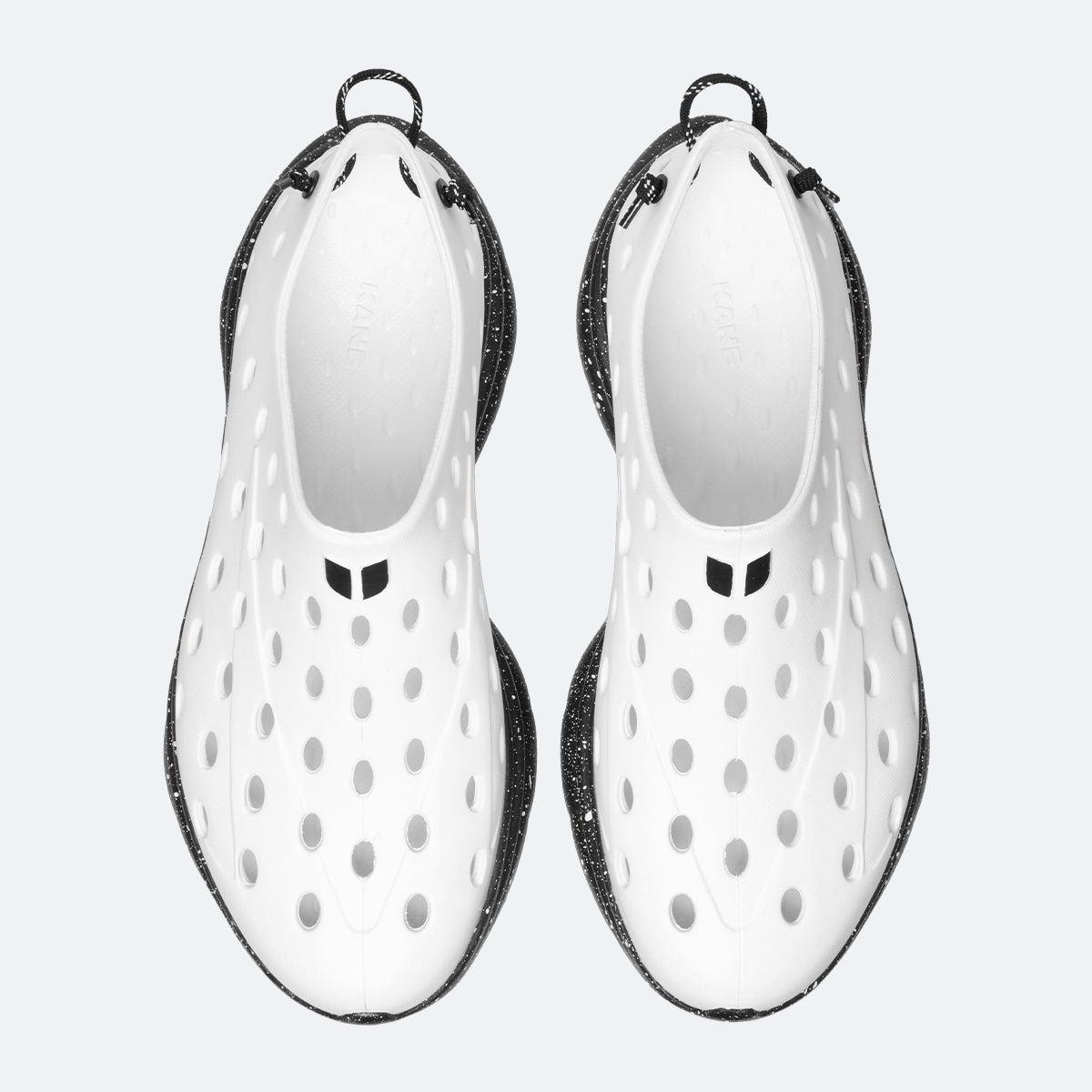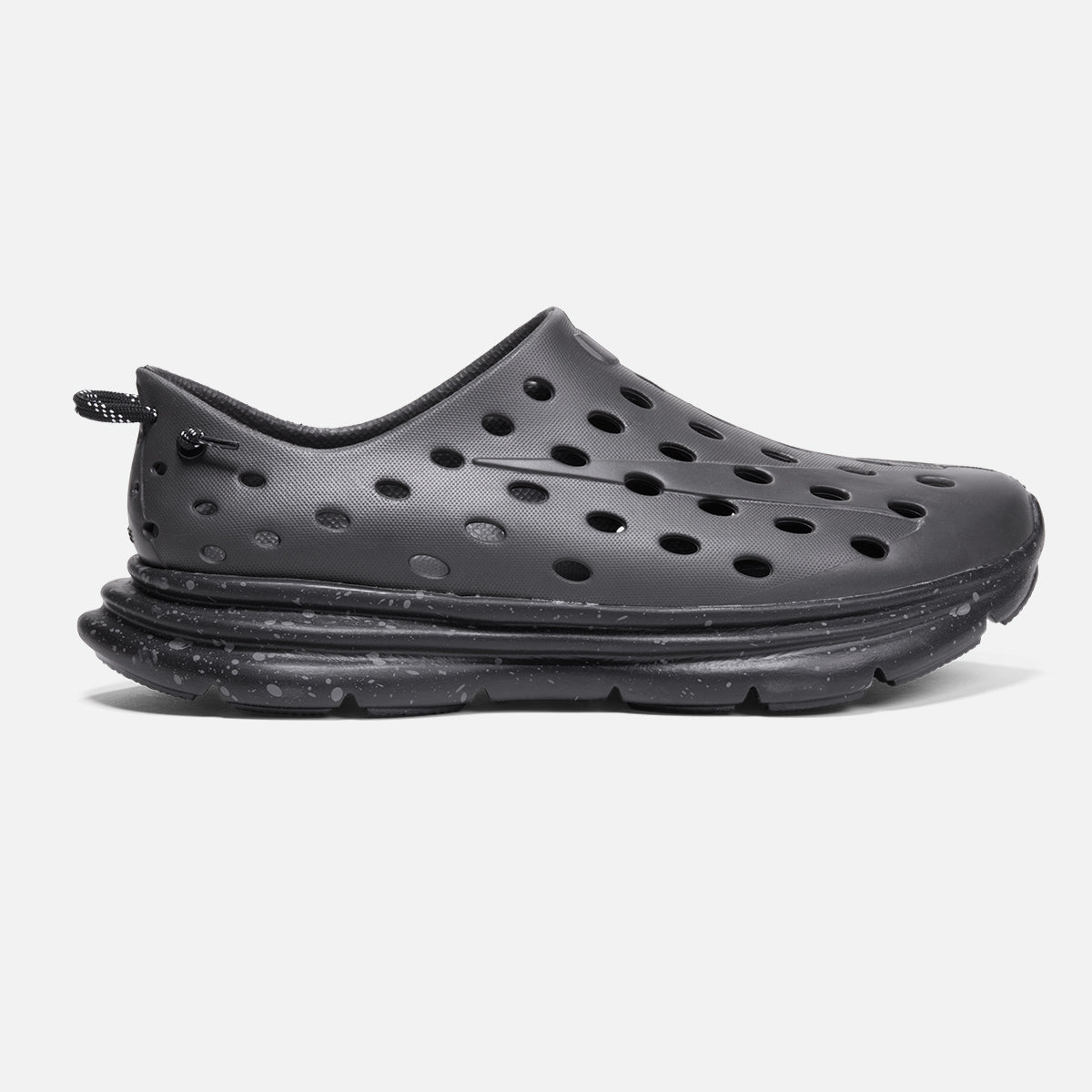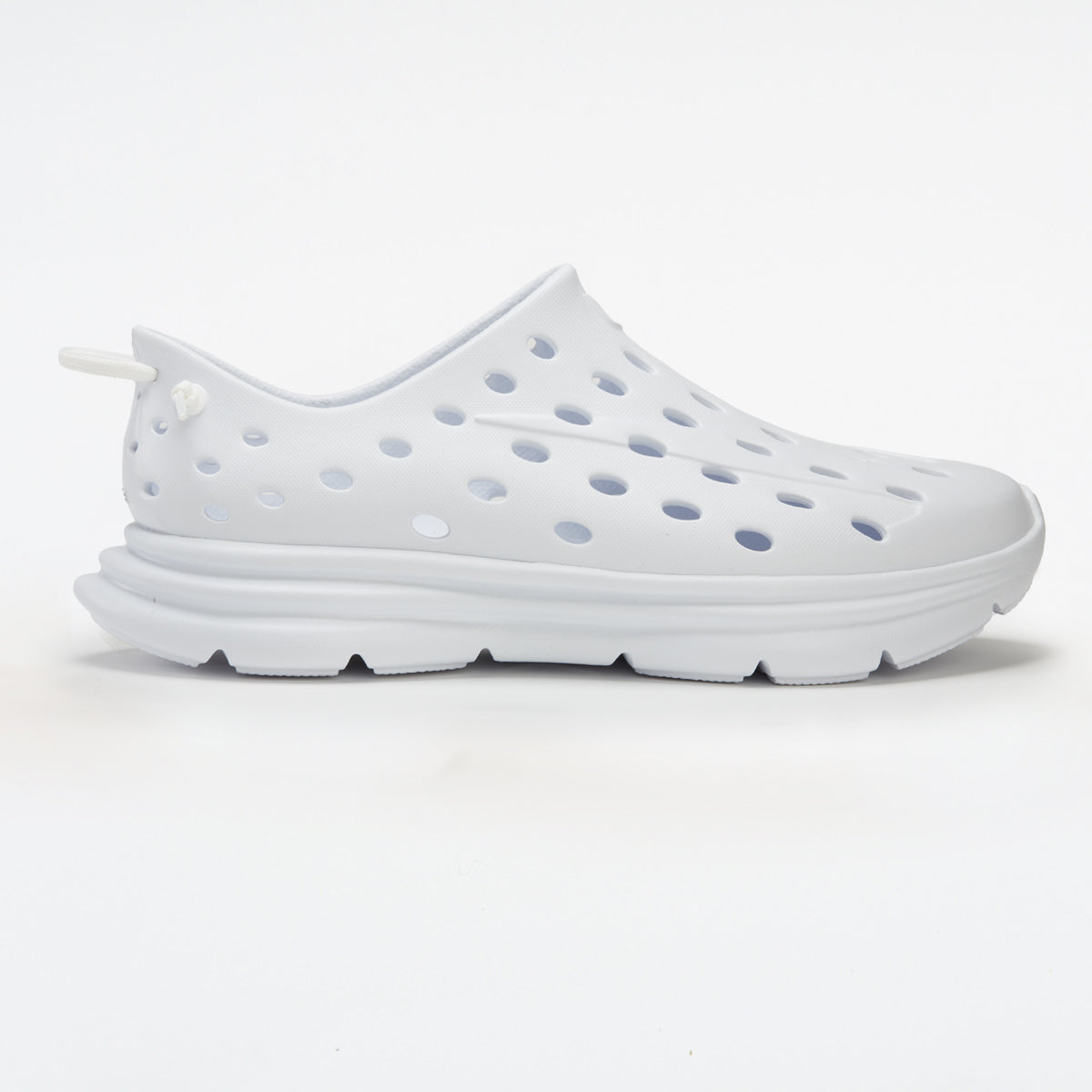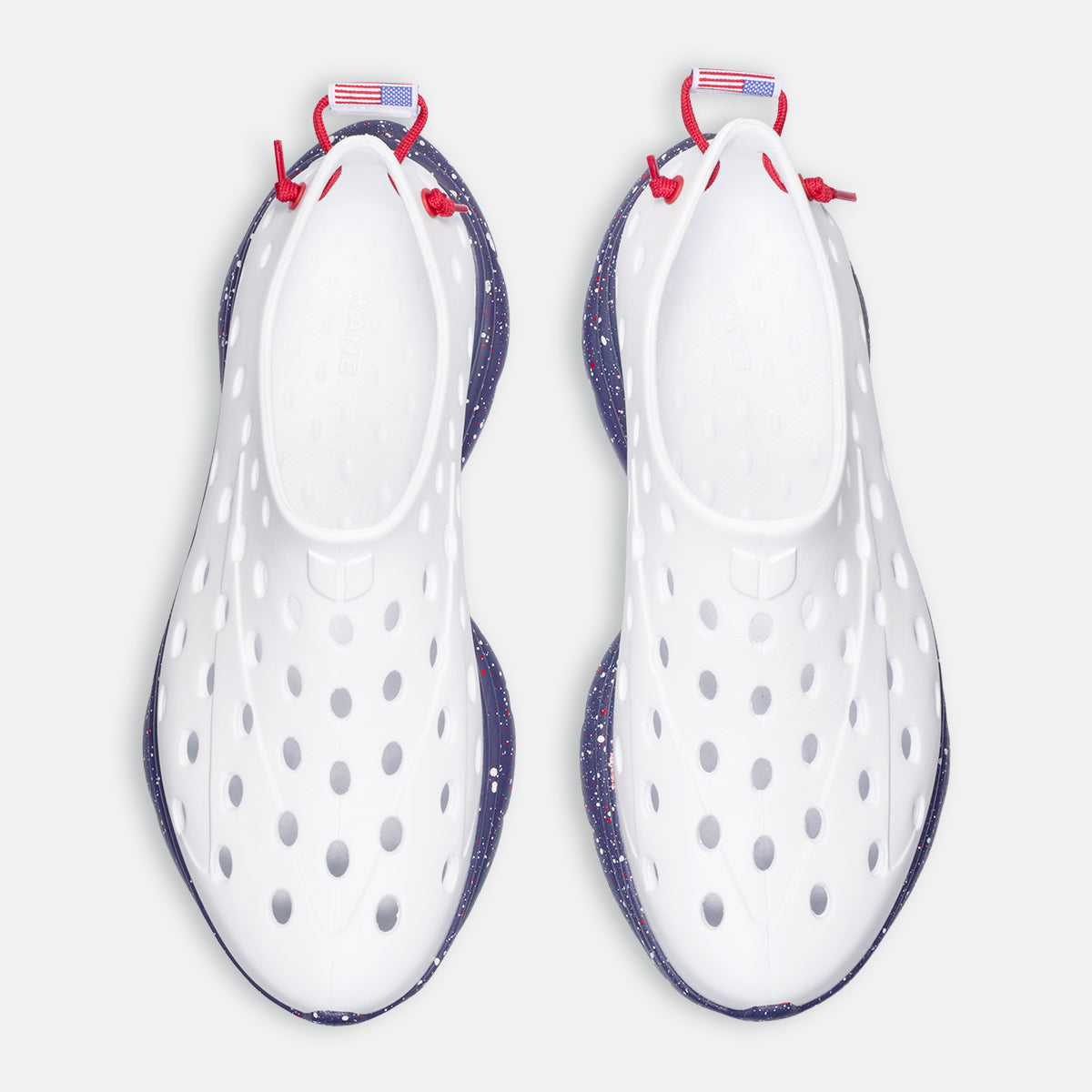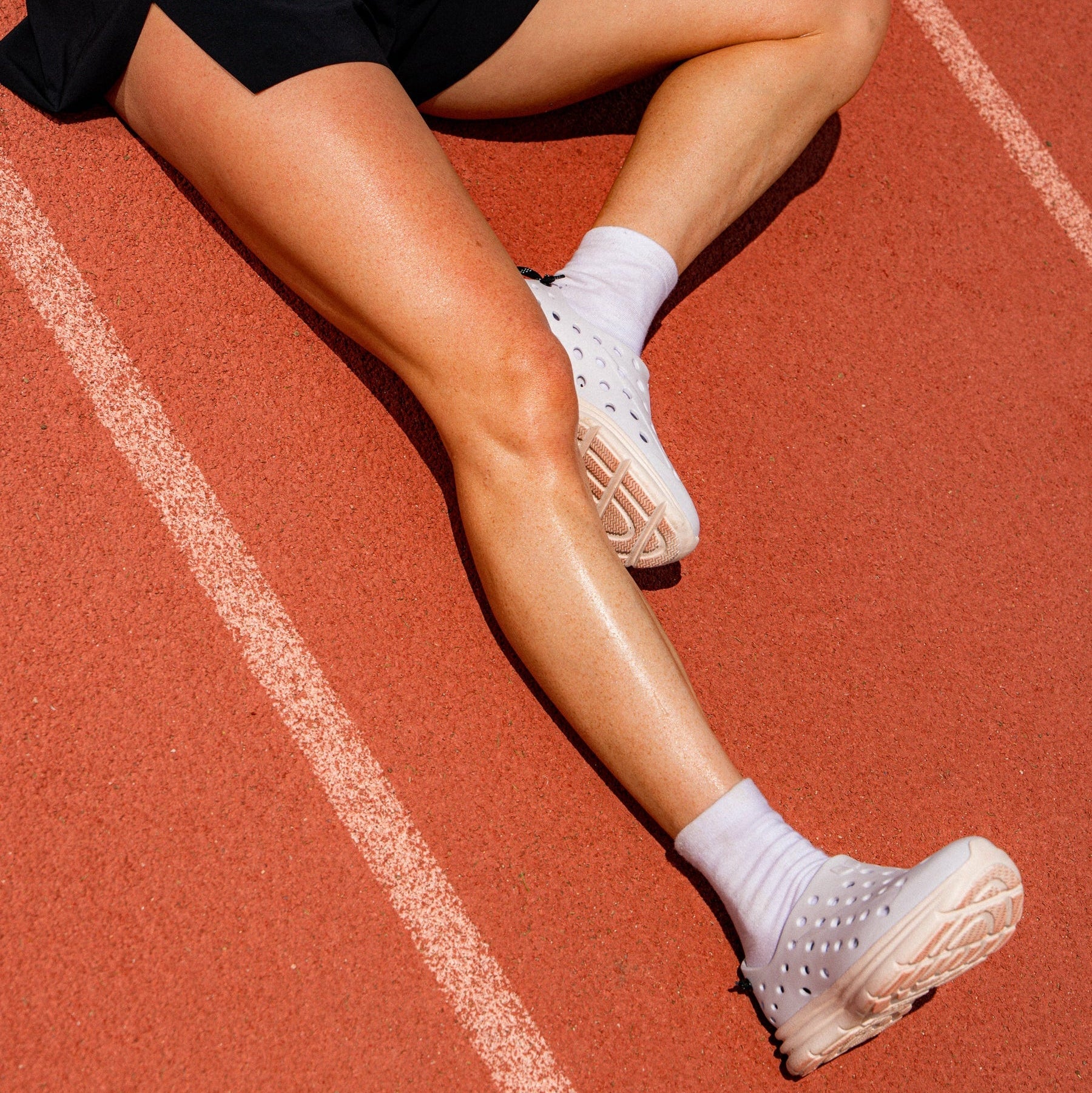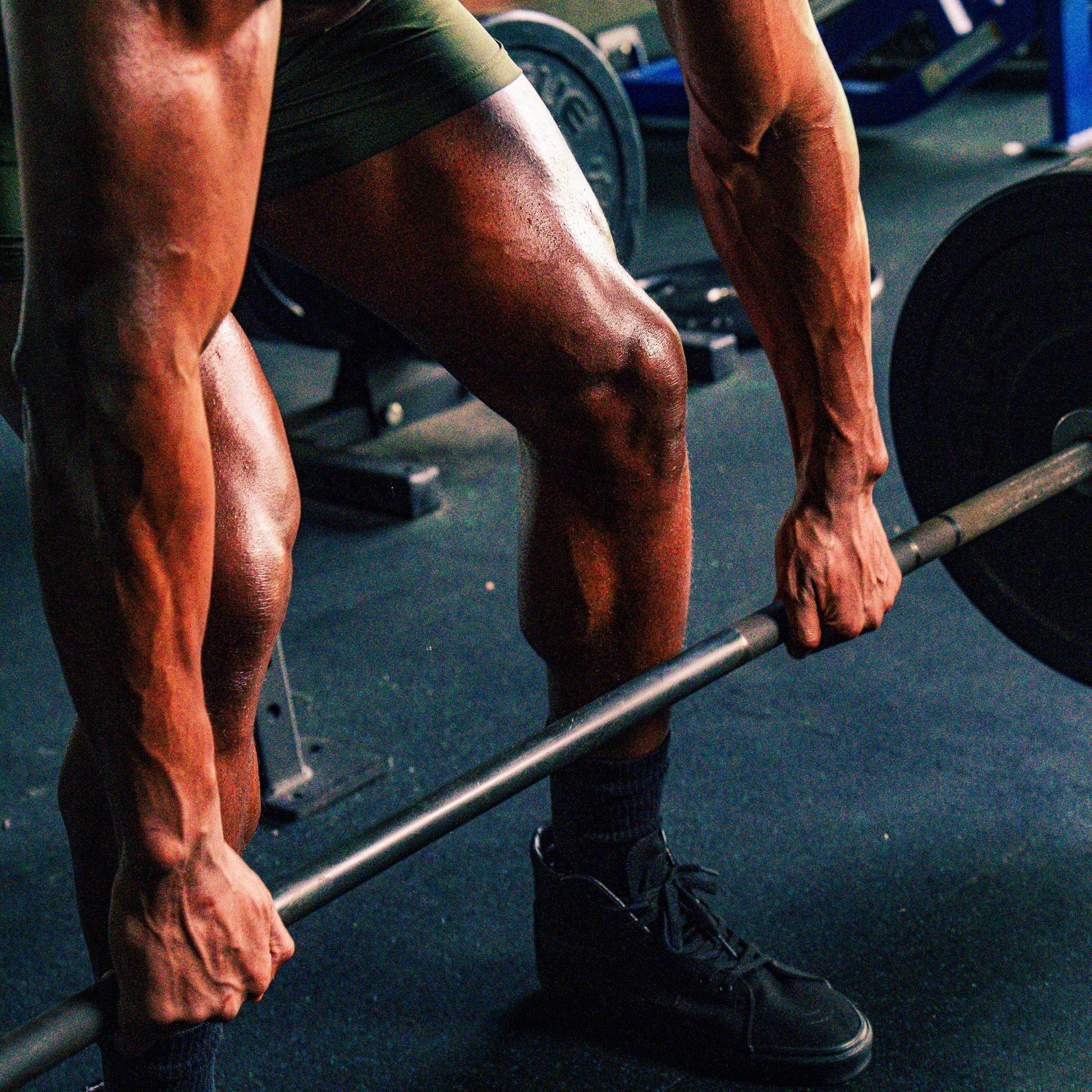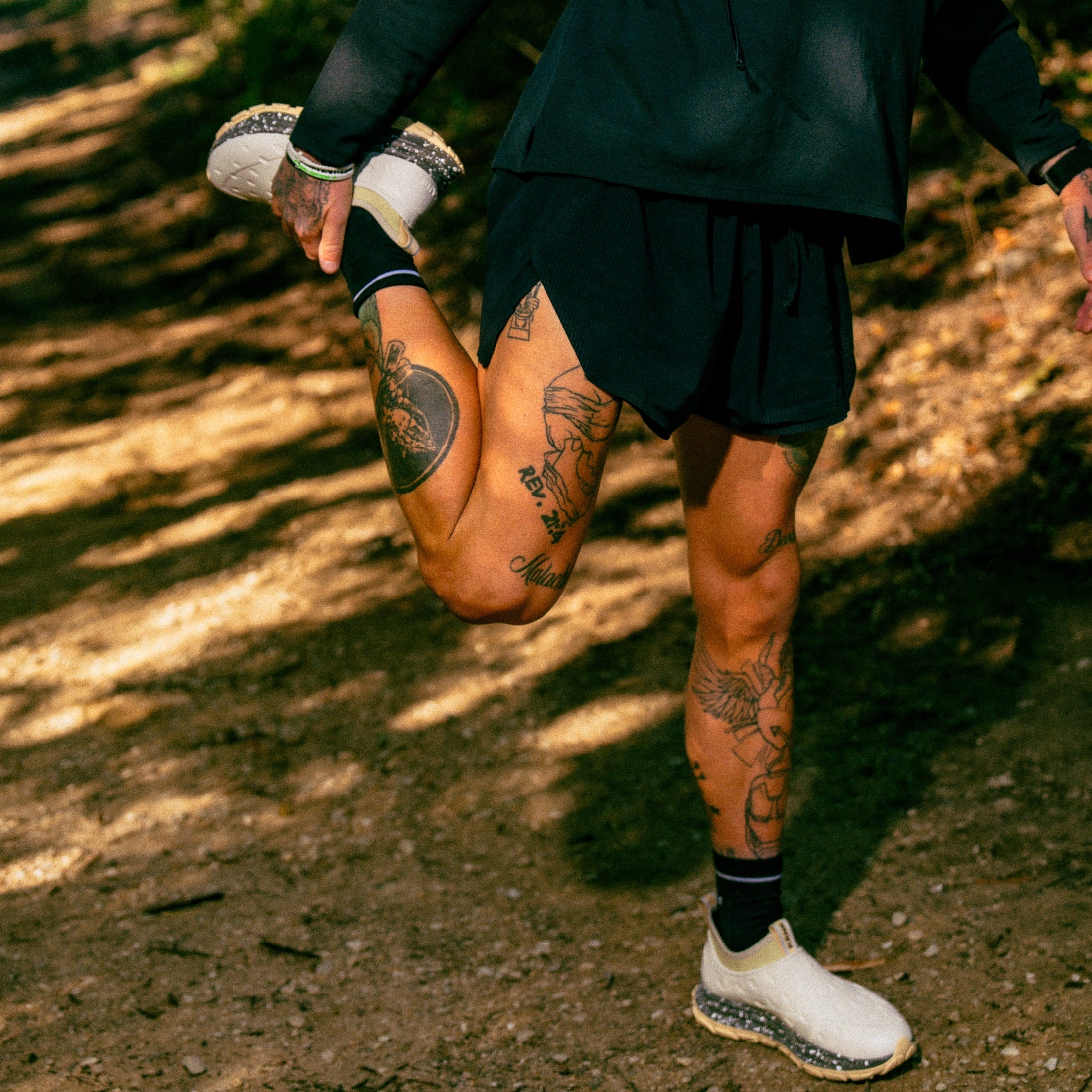That feeling after leg day—where stairs become your mortal enemy and sitting down is a calculated decision. We've all been there. Delayed onset muscle soreness (or DOMS) can transform a productive workout into days of discomfort and pain. But what exactly causes this phenomenon, and more importantly, how can you alleviate it?
What causes delayed onset muscle soreness in legs?
Unlike immediate muscle fatigue during exercise, DOMS typically peaks 24 to 72 hours after a workout. This muscle soreness occurs primarily because of microscopic tears in your muscle fibers caused by eccentric muscle contractions—movements where muscles lengthen under tension, like running downhill or lowering weights during squats.
Your legs are particularly susceptible to DOMS pain because:
- They contain large muscle groups bearing your full body weight.
- They often undergo repetitive stress during daily activities.
- Many common exercises involve eccentric loading of leg muscles.
- They're frequently pushed beyond their usual limits during an intense workout.
Despite popular belief, DOMS isn't caused by lactic acid buildup—that clears within hours of your workout. Instead, the soreness stems from an inflammatory response as your body heals those microscopic tears, ultimately leading to stronger muscles.
DOMS symptoms: How to recognize when you're experiencing DOMS
Before discussing relief methods, let's clarify what DOMS symptoms typically feel like in the legs:
- Muscle tenderness when touching affected areas
- Stiffness and reduced range of motion
- Tight muscles that feel heavy or weak
- Achy muscles that intensify during movement
- Temporary decrease in muscle function and strength
- Joint stiffness, particularly in knees and ankles
These symptoms typically emerge between 12 and 24 hours after exercise, peak around 48 hours, and gradually subside within three to five days as muscle repair progresses.
10 effective ways to beat DOMS and relieve pain in your legs
DOMS may sometimes be unavoidable, but that doesn't mean you're stuck suffering through it. You can use several smart, science-backed strategies to ease the pain, restore mobility, and get back to feeling strong—without derailing your training routine. Whether you're looking for gentle movement ideas, nutrition tips, or tools that support recovery, these 10 effective ways to beat DOMS can help relieve pain in your legs and speed up healing.
1. Keep those muscles moving with active recovery
When DOMS hits, your instinct might be to rest completely. However, gentle movement through active recovery actually helps reduce muscle soreness more effectively than complete rest.
Light activities that promote increased blood flow without creating additional stress include:
- Walking (even just around your home)
- Gentle cycling on a stationary bike
- Swimming or water exercises
- Tai chi or gentle yoga
These activities encourage blood circulation to affected areas, delivering nutrients essential for muscle repair while flushing out inflammatory compounds. When experiencing DOMS pain, aim for 15 to 20 minutes of light exercise daily.
2. Take time to rest and recover between workouts
Quality sleep is vital to how quickly your body heals, so balance active recovery with proper rest. During deep sleep, your body releases hormones that accelerate muscle repair and reduce inflammation.
Follow these tips for optimizing sleep:
- Maintain a consistent sleep schedule.
- Create a cool, dark sleeping environment.
- Limit screen time before bed.
- Consider a magnesium supplement (consult a healthcare provider first).
Remember that recovery doesn't mean you’re not pushing yourself. You need to give your muscles time to adapt and grow stronger. Skimping on rest can extend the duration of DOMS and potentially lead to injury.
3. Fuel your muscle repair with proper nutrition and hydration
What you eat can impact how quickly you'll reduce DOMS and relieve pain. Focus on:
- Protein: Consume 20 to 30 grams of quality protein every three to four hours to provide amino acids for muscle repair.
- Anti-inflammatory foods: Berries, fatty fish, turmeric, and tart cherry juice can naturally reduce muscle soreness.
- Stay hydrated: Water facilitates nutrient transport to damaged cells and helps flush inflammatory byproducts.
Timing matters, too: Consuming protein and carbohydrates within 30 minutes after your training session can jumpstart recovery and help prevent DOMS in the first place.
4. Apply strategic heat and cold therapy
Temperature-based therapies can effectively reduce muscle soreness when used appropriately.
- Cold bath or ice bath (10 to 15 minutes): Best immediately after an intense exercise session. Reduces inflammation and numbs pain. Can be uncomfortable but effective for severe DOMS.
- Warm bath or heating pad (15 to 20 minutes): Better 24+ hours after workout. Enhances blood flow to tight muscles. Add Epsom salts for potentially greater relief.
Contrast therapy (alternating between cold and warm) may provide the benefits of both approaches. Try one minute cold followed by three minutes warm, repeating three to four times.
5. Use foam rolling and self-massage techniques
Foam rolling and self-massage tools can provide targeted relief to sore muscles by:
- Breaking up adhesions between muscle layers
- Increasing blood circulation to affected areas
- Improving muscle function and range of motion
For leg-specific DOMS relief, try these foam roller techniques:
- Quadriceps: Roll from hip to knee, pausing on tender spots.
- Hamstrings: Sit on a roller and roll from knees to glutes.
- Calves: Place roller under calf and roll from ankle to knee.
- IT band: Lie on your side and roll along your outer thigh.
Spend one to two minutes on each muscle group, breathing deeply through any discomfort. A massage ball or stick can provide more precise relief for harder-to-reach areas.
6. Try compression garments for recovery
Compression garments like leg sleeves or tights apply graduated pressure to your limbs, which can:
- Reduce swelling and inflammation
- Improve venous return and blood flow
- Provide structural support to sore muscles
Research on compression garments shows mixed results, but many athletes report subjective improvements in DOMS comfort and recovery time. Wear compression during and/or several hours after exercise for best results.
7. Incorporate gentle stretching routines
Static stretching can help alleviate tight muscles and improve range of motion when experiencing DOMS. However, timing matters—aggressive stretching immediately after exercise might have the opposite effect and increase muscle damage.
For best results:
- Wait at least six hours post-workout before deep stretching.
- Hold each stretch for 30 to 60 seconds.
- Breathe deeply and relax into the stretch.
- Never push to the point of pain.
Focus on major leg muscle groups: quadriceps, hamstrings, calves, and hip flexors. A simple five-minute routine can provide significant relief when DOMS symptoms are at their peak.
8. Consider over-the-counter relief options
When DOMS pain is particularly intense, nonsteroidal anti-inflammatory drugs (NSAIDs) like ibuprofen can provide temporary relief. However, use them sparingly as they may interfere with muscle adaptation processes.
Topical analgesics, such as those containing menthol or arnica, may offer localized pain relief. These can be particularly effective for specific achy muscles rather than full-body DOMS.
Remember that these methods mask symptoms rather than accelerate healing, so don't use them as a silver bullet to push through when your body needs rest.
9. Prevent future episodes with smart training
The best way to reduce DOMS is to minimize its occurrence in the first place:
- Gradually increase workout intensity. Try the 10% rule and increase volume/intensity by no more than 10% weekly.
- Include proper warm-ups focusing on the specific muscles your exercise routine will target.
- Incorporate regular eccentric exercises at manageable intensities to build tolerance.
- Follow a periodized training session plan that includes deload weeks.
While some muscle soreness is inevitable with progressive training, debilitating DOMS doesn't have to be your norm after leg day.
10. Wear supportive recovery footwear
Your feet are the foundation for your entire lower body, and supportive footwear can influence how you feel during recovery from DOMS. Wearing comfortable, well-cushioned, and supportive recovery shoes after strenuous leg workouts can help reduce additional stress on sore muscles and joints, promote proper alignment, and make daily activities more comfortable.
Recovery footwear may also help minimize compensatory movement patterns that can occur when your legs are sore, potentially reducing the risk of further discomfort or minor injury. Many people find that supportive shoes make standing and walking less taxing during periods of soreness.
If you choose to use recovery footwear, opt for shoes with ample cushioning, arch support, and a stable fit—like Kane Revive. Wear them after intense exercise sessions, especially when you'll be on your feet for extended periods. While recovery footwear can be a helpful part of your overall recovery toolkit, use it alongside other proven strategies such as active recovery, rest, nutrition, and gentle stretching for best results.
Discover Kane recovery shoes!
When your legs are battling DOMS, the last thing they need is additional stress from unsupportive footwear. This is where specialized recovery footwear comes in. By providing optimal support during your recovery period, these shoes can significantly reduce the discomfort of muscle soreness.
Kane's recovery shoes provide excellent support, comfort, and durability for those in need of top-notch recuperative footwear. Featuring an adjustable hook-and-loop single-strap synthetic upper, plush TPR footbed, and durable injected EVA outsole, these kicks come with all the right features to assist you during your recovery journey.
Aside from providing quality products, Kane is also committed to sustainability. They’ve become a Certified B Corporation while dedicating 1% of their overall profits to environmental charities.
When and how to wear Kane Revive
The best moment to wear most recovery shoes is directly after a strenuous activity such as running or weight training. To guarantee maximum comfort and effective recovery, make sure that you are wearing your footwear correctly by tying up laces securely for a snug fit around your feet.
By switching to Kane's supportive footwear immediately after your leg workout, you're giving your sore muscles the structural support they need during the critical hours when DOMS pain begins developing.
When to be concerned about leg pain beyond normal DOMS
While DOMS is a normal physiological response to challenging exercise, certain signs suggest your pain might be something more serious:
- Pain that is sharp rather than achy
- Swelling that is severe or asymmetrical
- Discomfort lasting more than seven days
- Weakness that doesn't improve with time
- Pain that prevents sleep or daily activities
- Discoloration or redness around painful areas
If you experience these symptoms, consider consulting a healthcare provider. They may indicate an injury rather than typical delayed onset muscle soreness.
Frequently asked questions
Is it OK to exercise with DOMS in the legs?
Yes, but modify your approach. Light exercise like walking can actually help reduce muscle soreness, but avoid training the same muscle groups intensely until DOMS subsides. Listen to your body—mild discomfort during movement is normal, but sharp pain indicates you should stop.
How long does leg DOMS typically last?
Most DOMS episodes peak at 48 hours and resolve within three to five days. If soreness persists beyond a week, consult a healthcare provider, as this may indicate an injury rather than normal muscle soreness.
Should I take painkillers for DOMS?
Occasional use of nonsteroidal anti-inflammatory drugs for severe DOMS pain is generally acceptable, but don't make it a habit. These medications may interfere with some adaptive processes that strengthen your muscles long-term.
Can I prevent DOMS completely?
While you can't completely eliminate the possibility of experiencing DOMS, you can minimize its severity through proper warm-ups, gradual progression in workout intensity, and consistent training. Your body also adapts over time, making frequent exercisers less susceptible to severe DOMS.
Does stretching before a workout prevent DOMS?
Static stretching before exercise shows little evidence of preventing DOMS. Dynamic warm-ups that gradually increase blood flow and prepare muscles for activity are more effective for injury prevention and may help reduce post-workout soreness.
By consistently implementing these strategies, you can reduce the impact of DOMS on your legs and your life. Remember that some muscle soreness indicates adaptation—your body getting stronger—but debilitating pain isn't necessary for progress. With proper recovery techniques, including supportive footwear like Kane's recovery shoes, you can get back to doing what you love.
How does massage compare to other recovery techniques for DOMS?
Massage is one of the most effective interventions for relieving DOMS. Regular massage therapy can significantly accelerate your recovery timeline when combined with proper hydration, nutrition, and appropriate rest. For those without access to professional massage services, self-massage tools like foam rollers, massage balls, and sticks can provide many of the same benefits.
No content on this site should ever be used as a substitute for direct medical advice from your doctor or other qualified clinicians.


